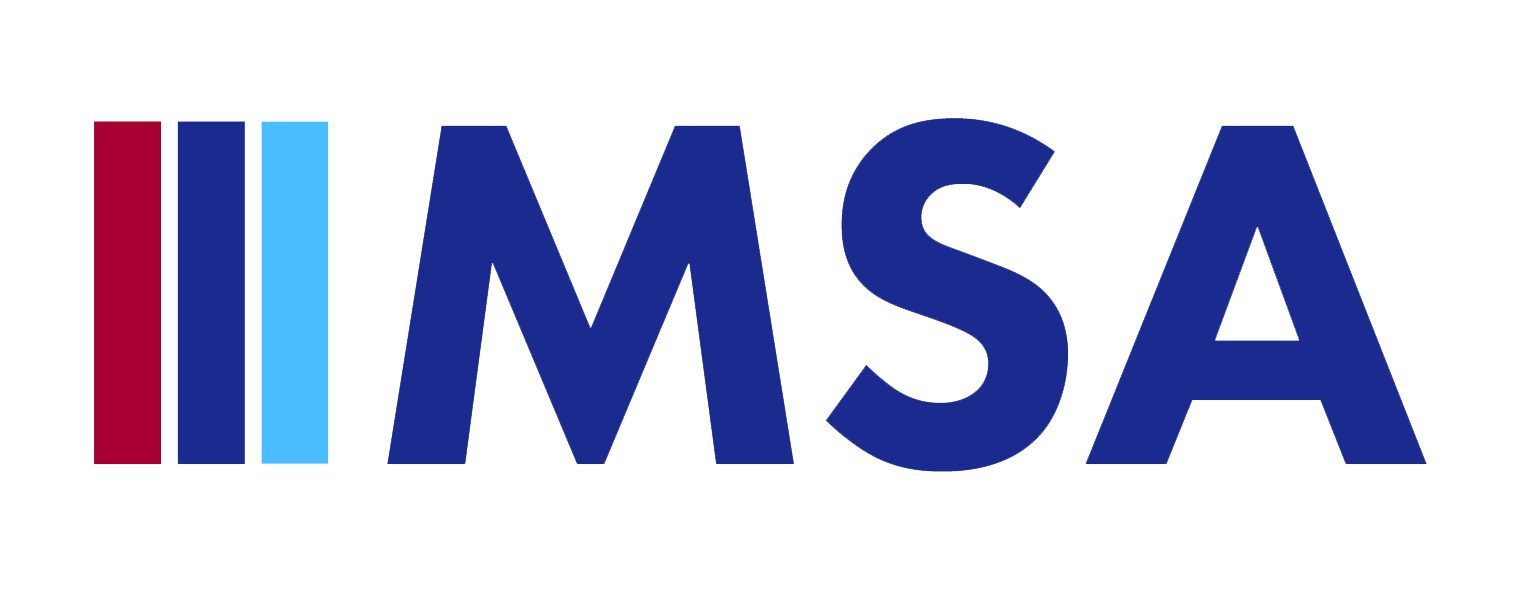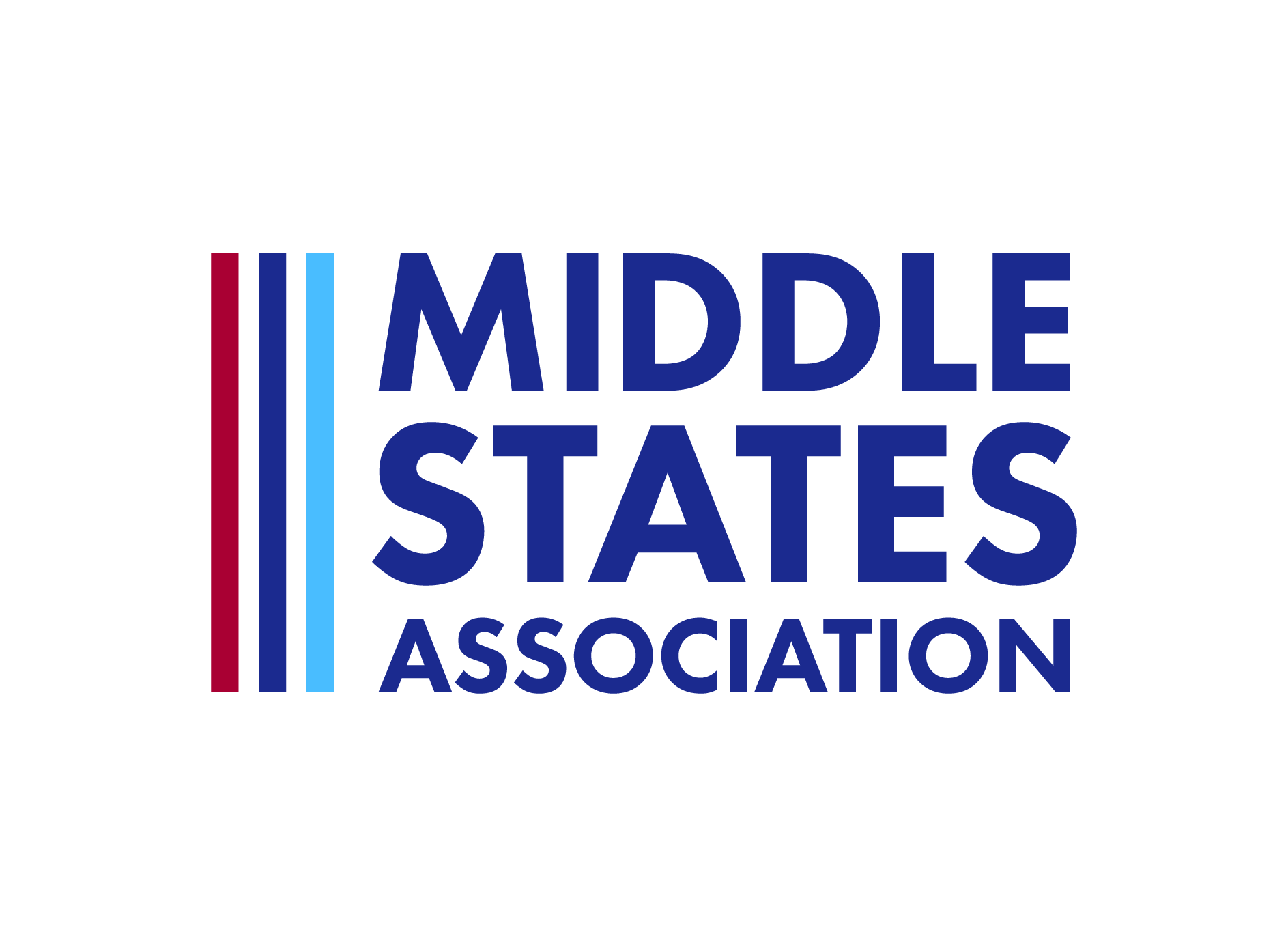By Christian Talbot, President of MSA-CESS

Here’s how not to introduce a major initiative to your school community:
- Conceive a significant positive change, like shifting from everyone-privately-negotiates-their-contract with the Head of School to a transparent and equitable compensation model.
- Devote scores of hours to benchmarking research, interviews with other organizations, and financial modeling.
- Secure buy-in from the Board of Trustees to fund the one-time increase required to upwardly adjust a number of salaries, while ensuring that no one loses any money under the new system.
- Hold an in-person meeting to tell everyone, “This new model is going to make things much better.”
A decade ago, as a head of school, I tried exactly this—and encountered silence and rebuke in response. Newer faculty and staff said nothing for fear of upsetting long-tenured peers, while some veteran faculty felt the rules had changed mid-game.
If only Michael Horn had written From Reopen to Reinvent back then! Unfortunately, I had adopted a “waterfall planning” approach, as Horn puts it, and so I announced the changes to the compensation model only after the design was fully baked.
Instead, I should have tested those changes iteratively. As Horn shows, this “discovery-driven planning” allows school leaders to learn what will work and what will need adjustment. [1]
Even more fundamentally, discovery-driven planning produces good strategy. Horn says that “In a discovery-driven planning process, start with the desired outcomes in mind. From there, the crucial next step is to list all the assumptions that must prove true to realize the desired outcomes.” This echoes the brilliant strategist Roger Martin, who advocates asking, “What would have to be true?” rather than “What is true?” before committing to a strategy. [2]
As Horn digs deeper into the tactics of discovery-driven planning, he proposes drafting a checklist of assumptions about what would have to be true for your desired outcomes:
“Be exhaustive. All the assumptions that schools make implicitly should be on the table, including the use of time and school schedules, space, and staffing. Lay out all the design elements you plan on putting in place […] When you are finished compiling the assumptions, the next job is to rank the assumptions from the most to the least crucial.”
The assumption checklist reminds us that we need to think about the entire system if we intend to facilitate change, one of the reasons why I consider Horn’s book so effective.
That said, I would offer two caveats about discovery-driven planning:
(1) When influential stakeholders are not aligned with a proposed change, they may exploit discovery-driven planning to slow things down (e.g., “We need to talk to more people about this”).
(2) School rhythms can make rapid testing quickly difficult (e.g., the course credit model often revolves around semesters, not weeks).
Still, discovery-driven planning provides a superior approach to facilitating change. Among other benefits, it creates time and space to address stakeholders’ inevitable cognitive biases, the most powerful of which is status quo bias. For example, “Educators may be asking another question. Given that we haven’t done this before and we are certain about so little of what we’re dreaming up, isn’t it risky to innovate when children are involved and the odds are uncertain?”
But as Horn goes on to say, “The answer can be yes. But not innovating in our schools also carries huge known risks.”
Putting an even finer point on that objection, Harvard Graduate School of Education professor Chris Dede has said: “The most dangerous experiment we can conduct with our children is to keep schooling the same at a time when every other aspect of our society is dramatically changing.”
When the stakes are so high, it pays to rely on discovery-driven planning.
If you missed last week’s webinar with Michael Horn, you can watch the video here.
[1] The most popular expression of this approach has been the MVP—the “minimum viable product.” However, Jason Cohen argues that the SLC—the “simple, lovable, and complete” product—is more respectful of your stakeholders and more strategic for your organization.
[2] In his brilliant A New Way to Think, Martin insists that every organization should litmus test its status quo against your answers to “What would have to be true?” Can you confidently say that your organization’s incumbent approach will produce your desired outcomes?

